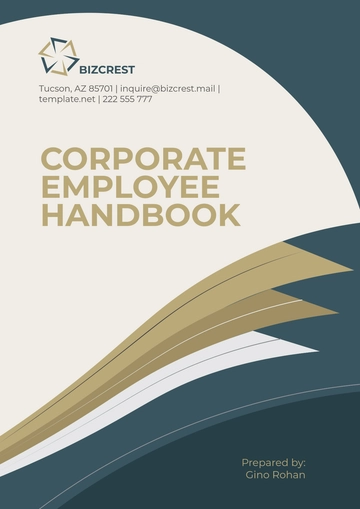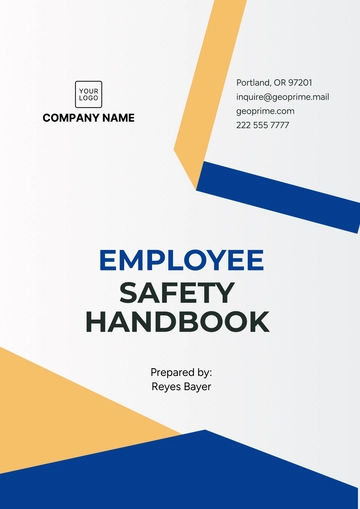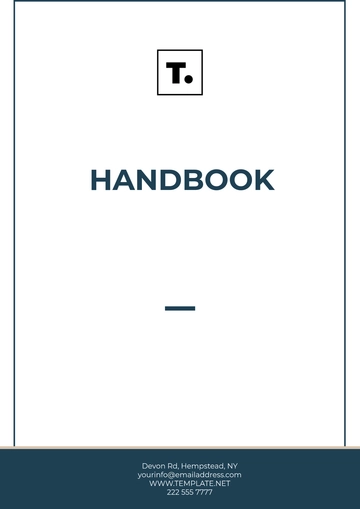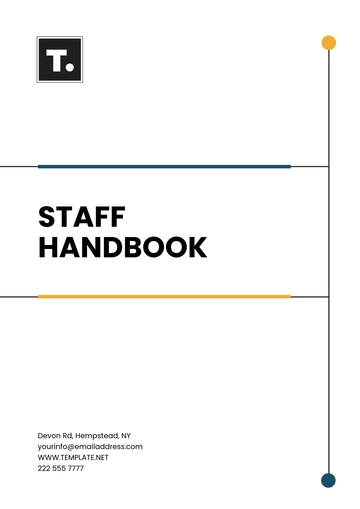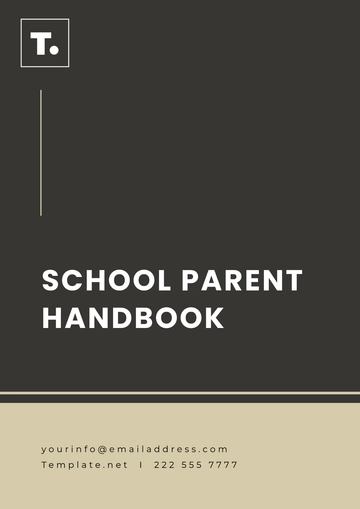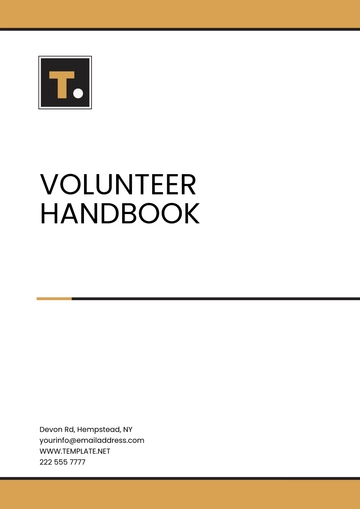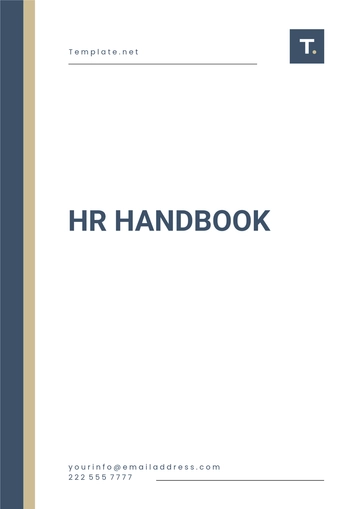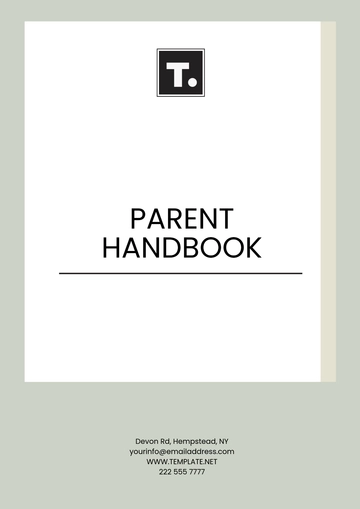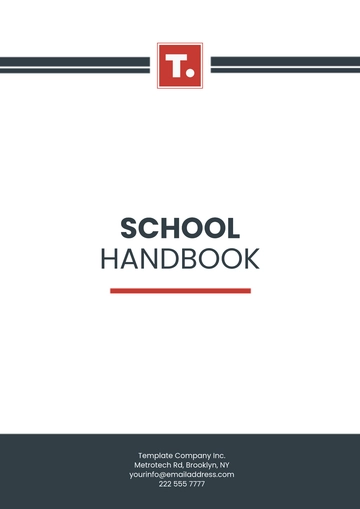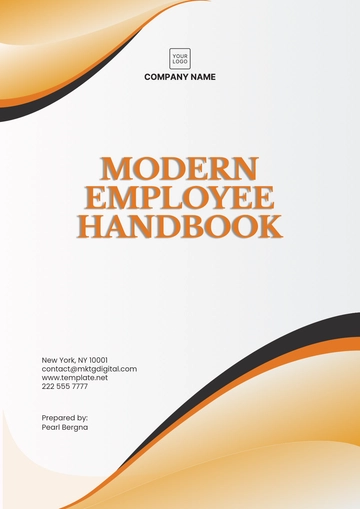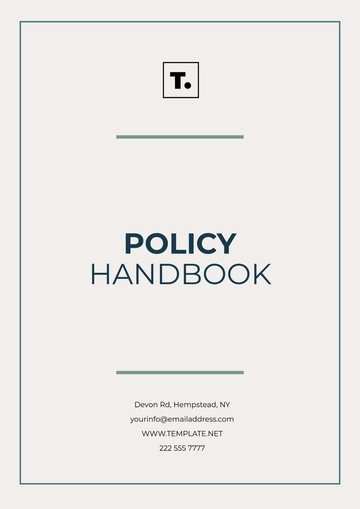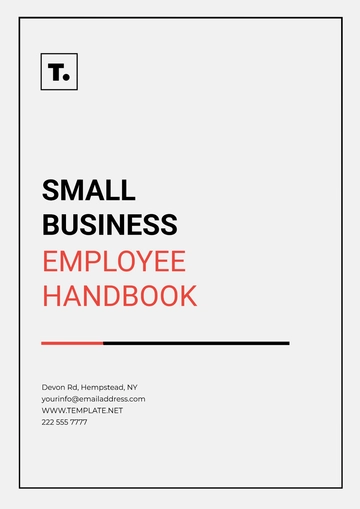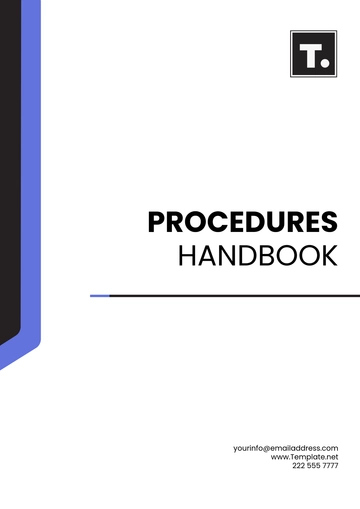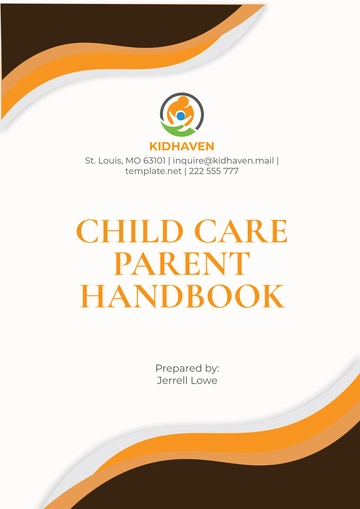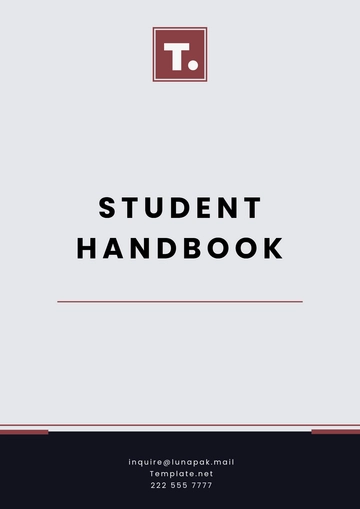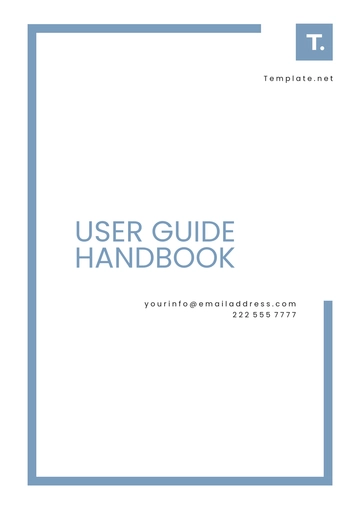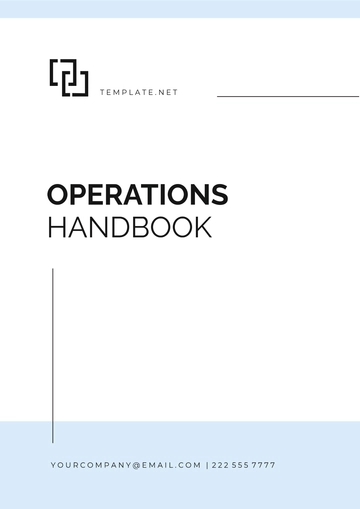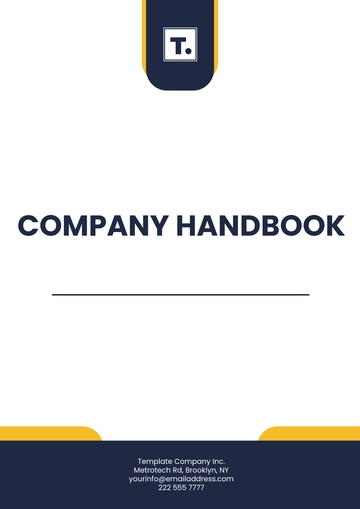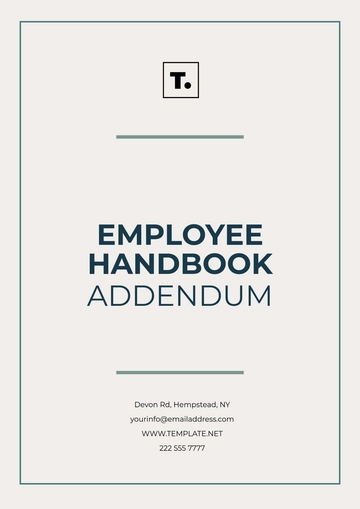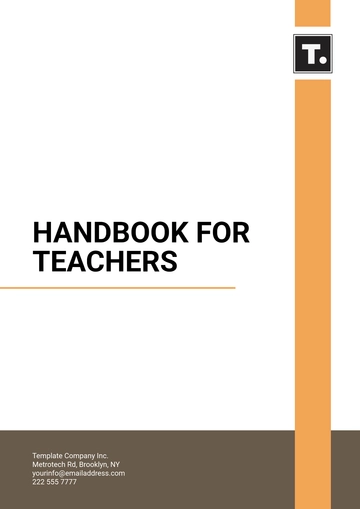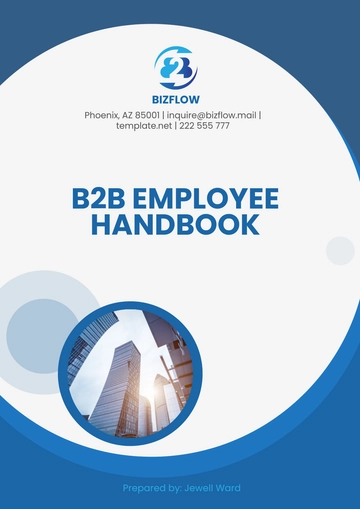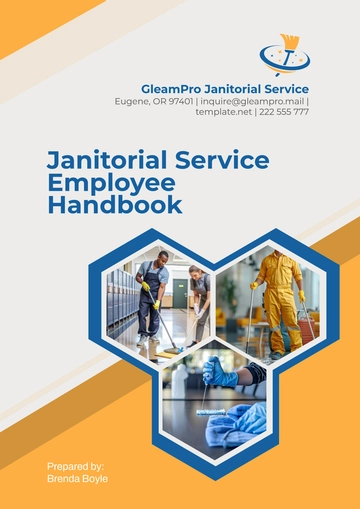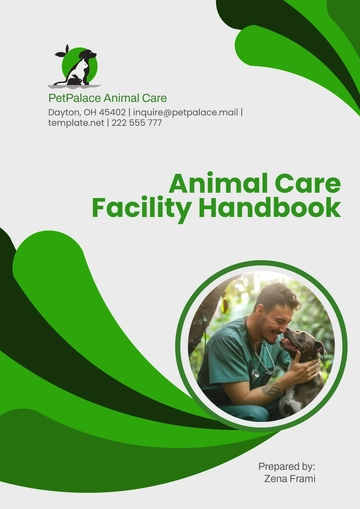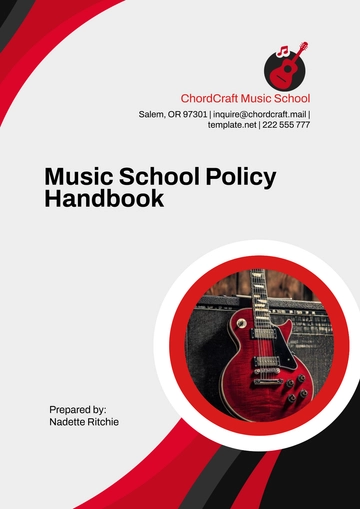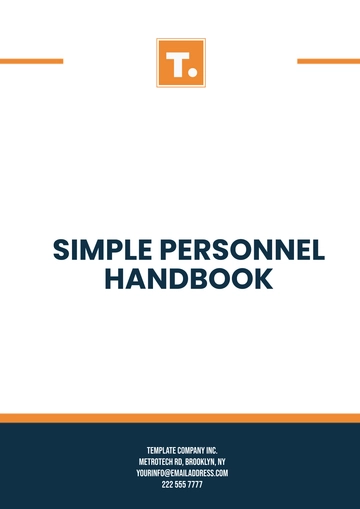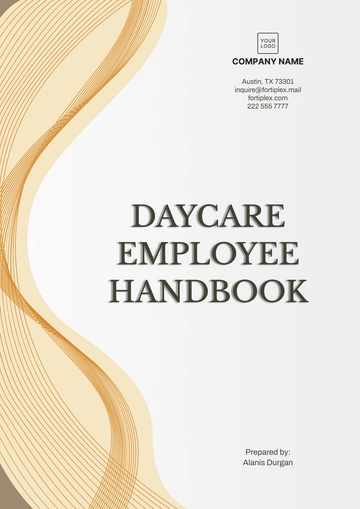Free Sample Handbook for Teachers
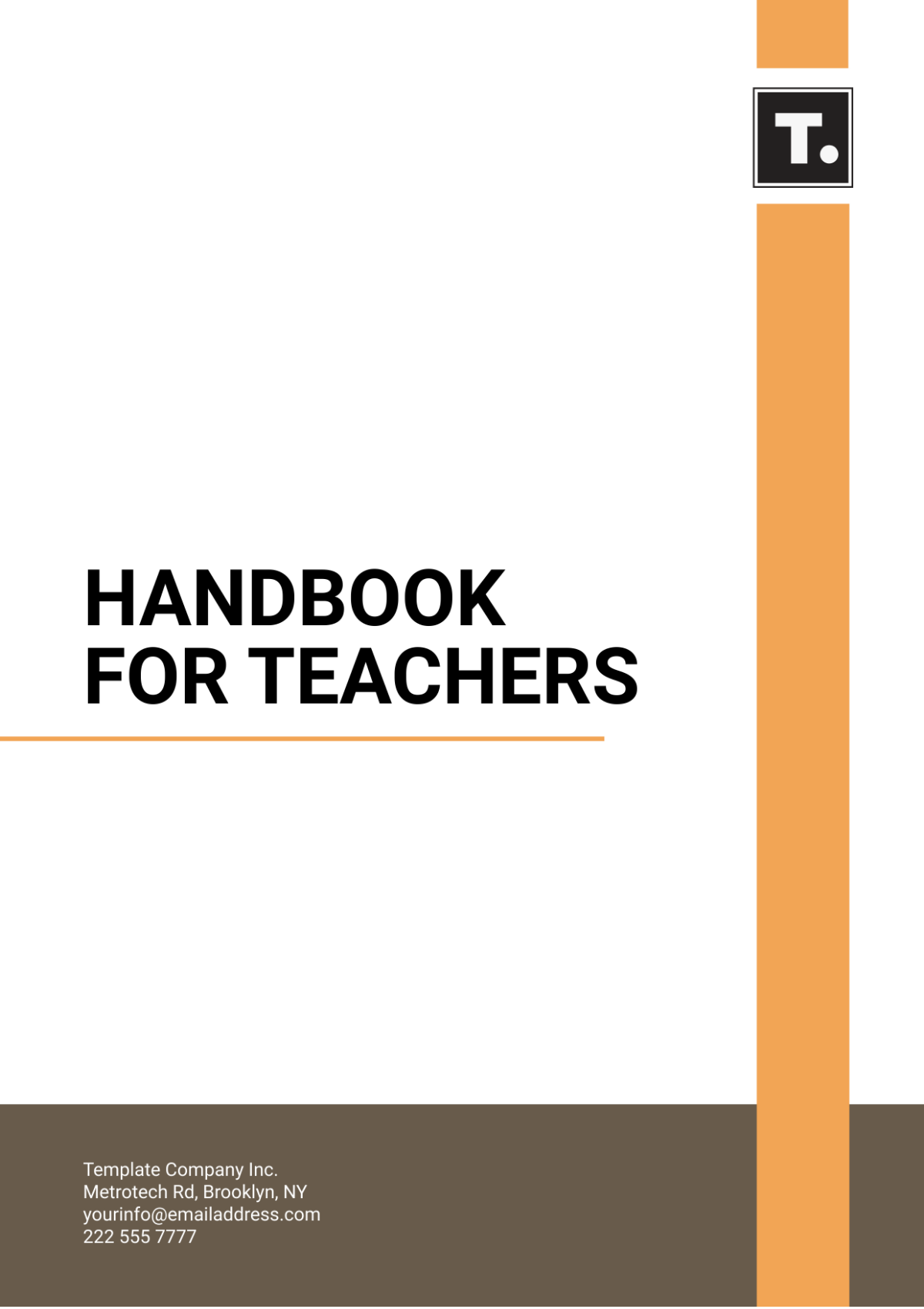
I. Introduction
Welcome to [Your School Name]! This handbook is designed to provide you with essential information, guidelines, and resources to support you in your role as an educator. We are committed to fostering a positive and productive teaching environment, and this guide will help you navigate our policies, procedures, and expectations.
II. School Mission and Vision
Mission Statement: [Your School Name] is dedicated to nurturing academic excellence, fostering creativity, and promoting a lifelong love of learning. We strive to create a supportive environment where every student can achieve their full potential.
Vision Statement: To be a leader in education by empowering students, inspiring teachers, and engaging the community in the pursuit of excellence.
III. Teaching Standards and Expectations
Educational Goals: Align your teaching with our school’s educational goals and curriculum standards. Ensure that lesson plans and teaching strategies meet the diverse needs of students.
Classroom Management: Establish and maintain a positive learning environment. Implement effective classroom management techniques to encourage respectful and productive behavior.
Assessment and Evaluation: Regularly assess student progress through various methods, including tests, quizzes, and assignments. Provide constructive feedback to support student growth.
IV. Policies and Procedures
Attendance and Punctuality: Arrive on time and be prepared for each class. Notify the school administration in advance if you are unable to attend.
Dress Code: Adhere to the professional dress code established by the school. This promotes a respectful and focused learning environment.
Emergency Procedures: Familiarize yourself with emergency procedures, including fire drills, lockdowns, and first aid. Ensure that students are aware of and follow these procedures.
V. Professional Development
Training Programs: Participate in ongoing professional development opportunities to enhance your skills and stay updated on educational best practices.
Workshops and Seminars: Attend relevant workshops and seminars offered by the school or external organizations. Share insights and strategies with colleagues.
VI. Student Support Services
Counseling: Utilize the school’s counseling services for students who need emotional or psychological support.
Special Education: Work closely with the special education team to accommodate students with diverse learning needs.
Parental Communication: Engage with parents and guardians regularly to discuss student progress and address any concerns.
VII. Administrative Support
Office Hours: The administrative office is open from [Start Time] to [End Time]. Contact the office for assistance with administrative matters.
Resources: Access teaching resources, including textbooks, technology, and classroom supplies, through the school’s resource center.
IT Support: For technical issues, contact the IT support team at [Contact Information]. Ensure that all technology is used in accordance with school policies.
VIII. Code of Conduct
Professionalism: Demonstrate professionalism in all interactions with students, parents, and colleagues. Uphold the values and standards of [Your School Name].
Ethics: Adhere to ethical guidelines regarding student confidentiality and academic integrity.
Conflict Resolution: Address conflicts constructively and seek assistance from administration if needed.
IX. Health and Safety
Health Guidelines: Follow health guidelines to ensure a safe and healthy environment for students and staff.
Reporting Incidents: Report any accidents, injuries, or safety concerns to the school nurse or administration immediately.
X. Conclusion
Thank you for being a part of [Your School Name]. Your dedication and hard work are vital to our mission of providing a high-quality education to our students. If you have any questions or need further assistance, please do not hesitate to reach out via email at [Your Company Email].
- 100% Customizable, free editor
- Access 1 Million+ Templates, photo’s & graphics
- Download or share as a template
- Click and replace photos, graphics, text, backgrounds
- Resize, crop, AI write & more
- Access advanced editor
Prepare a professional, organized educational guide with our Sample Handbook Template for Teachers. Editable and customizable through Template.net’s Ai Editor Tool, this template helps teachers develop a detailed handbook covering classroom policies, expectations, and resources. Ideal for schools looking to provide teachers with a clear, structured guide for managing classroom activities and communication.
